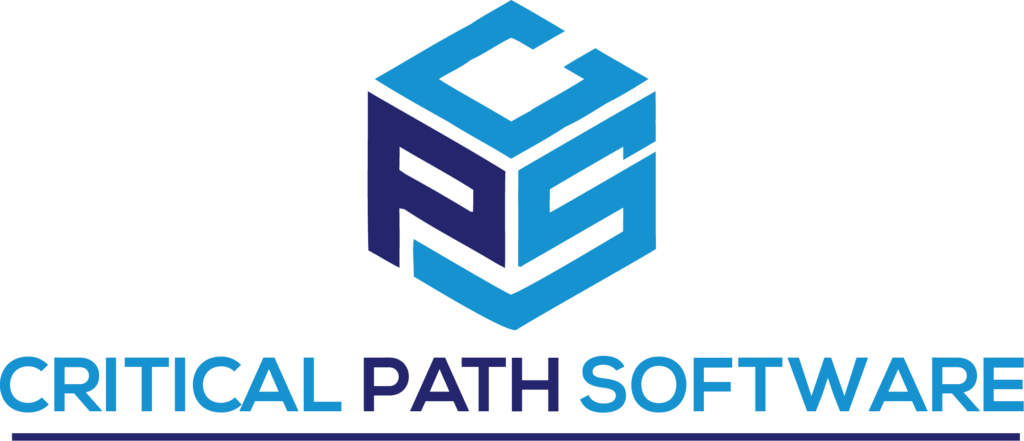Turbo vs. Traditional
There are some significant differences between traditional performance optimization tuning and the TurboTune method of tuning. Increase and speed up return on investment using TurboTune.
TurboTune vs. Traditional Optimization Tuning
TurboTune differs from the conventional method of tuning files. TurboTune software can be utilized by any IBM mainframe client for a robust and fast return on investment.
CPSI employs a proprietary performance optimization tool, TurboTune, to produce comprehensive recommendations for improving system performance. This is a much faster process than the traditional methods, which require incremental tuning over a long period of time. TurboTune also requires much less interaction with a customer’s programming staff. Only TurboTune provides a tuning service of this nature.
Traditional tuning:
The traditional method of tuning requires the interaction of an analyst (usually an IBM specialist) who understands the impact of various file parameters, blocksizes, and other variables on the performance of a file. The tuning proceeds on a file-by-file basis, and is an iterative process of making one change to the file, running performance reports to observe the effect of the change, and then making another change. The goal is usually to improve file-processing times: batch turnaround times or access time for an on-line transaction. A side benefit is the reduction in the number of I/O’s and the amount of CPU used. TurboTune removes the requirement of interaction by an IBM analyst.
The drawbacks of traditional tuning:
- It can require 12 months or more to complete the process.
- The impact on CPU utilization is minimal.
- It requires intense involvement on the part of an IBM analyst, and crucial systems staff.
- The most critical success factor seems to be the active involvement of the application developers.
The TurboTune approach:
CPSI compares a customer’s file definitions against an expert database of “most optimized” settings. The output report indicates the predicted achievable reductions in resource requirements (CPU, EXCP’s, etc).
The TurboTune Expert Database:
Critical Path Software collects data sets, running each file created through programs that record the EXCP’s, CPU, I/O, and Runtime. Then each parameter is altered, individually based on need. The programs are rerun and the same statistics recorded. This is completed for every possible combination of RECORD SIZE, CISIZE and FREESPACE. Ratios are developed for every combination of variable in a LISTCAT. Approximately 700 ratios are used. Standard deviations are created on those ratios and regression analysis run on the ratios to determine which ones are meaningful. Record count normalization on all files are used to ensure they are compared accurately.
The above process is repeated using CICS shutdown statistics to get the very best examples for online files. Once the very best settings for every file are identified, any missing record length, CISIZE, or FREESPACE from the bell shape curve that was developed is “filled in”. All this data is converted into an expert table of the MOST OPTIMIZED settings.
This table is used to match against potential customer files. The output is reductions that will occur if the changes are implemented as well as details of the needed changes. To date hundreds of millions files have been analyzed. When a better performing file is identified, it is added to the database. This is rare, occurring usually when IBM makes a change to hardware or software such as SMS extended addressing.
TurboTune Pros:
- Utilizing TurboTune the Return-On-Investment can be realized very quickly, three to six months based on the expected savings in CPU, I/O, and DASD capacity.
- The TurboTune program generates all optimization parameters for all files immediately, which means the savings can be achieved in a short period of time.
- The cost to implement is low and revolves around the testing regimen of the individual client.
- Utilize and implement without tying up skilled systems staff and application programmers.
- Zero risk. All files are tested in development prior to moving to production.
The TurboTune approach is particularly well suited to clients where-in a substantial CPU reduction is needed as soon as possible. Primarily this applies to those with Tailored Fit Pricing, clients facing CPU upgrades, mergers and acquisitions etc.

